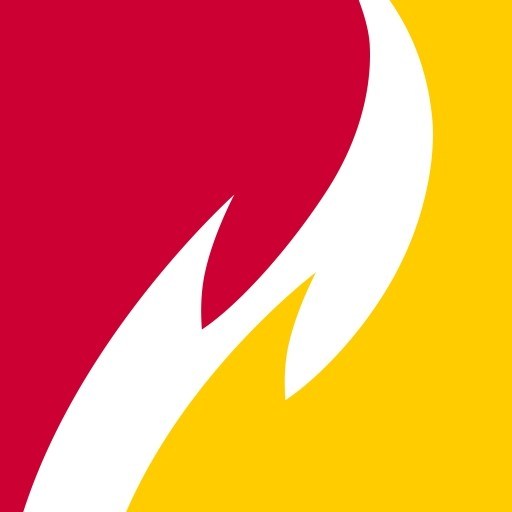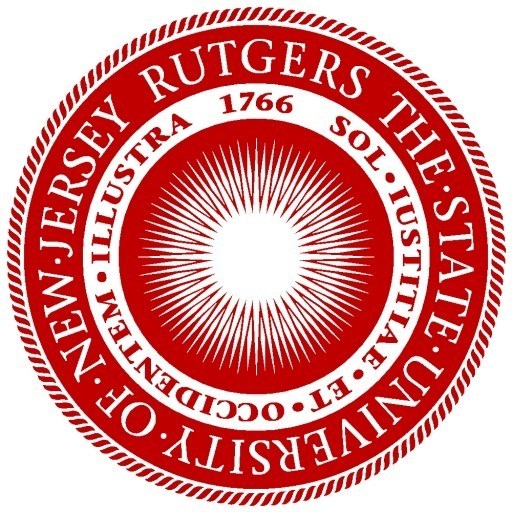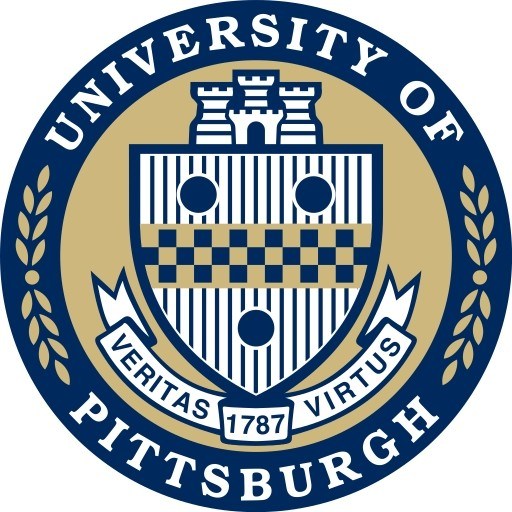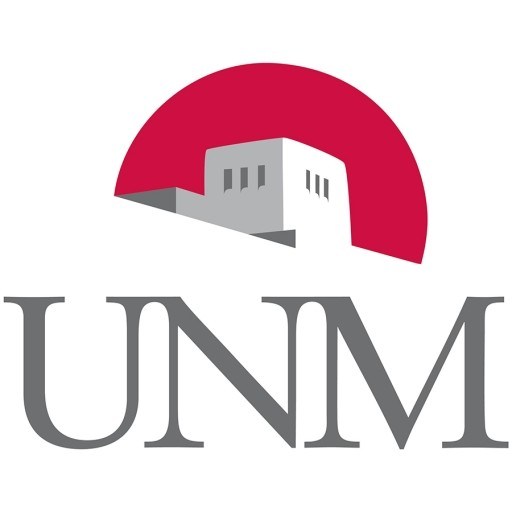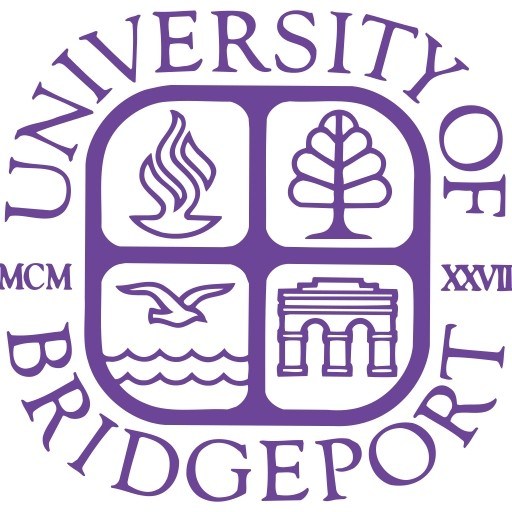Photos of university / #universityofutah
The University of Utah offers a comprehensive Emergency Medical Services (EMS) program designed to prepare students for immediate and effective response to medical emergencies. This program combines rigorous academic coursework with hands-on practical training, enabling students to develop critical skills necessary for providing pre-hospital care in diverse scenarios. Throughout the program, students engage with a curriculum that covers fundamental topics such as anatomy and physiology, patient assessment, medical and trauma emergencies, airway management, and pharmacology. In addition, the program emphasizes leadership, communication, and decision-making skills vital for functioning effectively in high-pressure environments.
The EMS program at the University of Utah is structured to meet the requirements for certification and licensure as emergency medical technicians (EMTs) and paramedics, aligning with state and national standards. Students have opportunities to participate in simulated emergency situations, internships, and clinical experiences in partnering hospitals and emergency response agencies. The program also fosters a strong foundation in ethical and professional behavior, preparing graduates to work collaboratively with other healthcare providers and emergency personnel. With state-of-the-art facilities and dedicated faculty who are experts in emergency medicine, students gain practical insights and real-world experience that are essential for a successful career in emergency medical services.
Graduates of the program are well-equipped to serve in a variety of settings, including ambulance services, fire departments, hospitals, and community health organizations. The program emphasizes the importance of ongoing education and certification, encouraging students to pursue advanced training and specialization to enhance their capabilities further. By choosing this program, students commit to making a meaningful difference in people's lives through swift, compassionate, and competent emergency medical care. The University of Utah's EMS program strives to cultivate highly skilled practitioners who can operate confidently in critical situations, ultimately contributing to the health and safety of their communities.
Pre-Major Courses
Required Health Education Courses
- H EDU 1010 - Healthy Lifestyles 3 Credit(s)
- H EDU 3050 - Community Health Issues 3 Credit(s)
- H EDU 5950 - Emergency Medical Technician Training 9 Credit(s)
Required Writing Course
Complete 1 course
- WRTG 2010 - Intermediate Writing: Academic Writing and Research 3 Credit(s)
- or
- HONOR 2211 - Writing in Honors 3 Credit(s)
Math Course
Complete 1 course(s)
- MATH 1040 - Introduction to Statistics and Probability 3 Credit(s)
- or
- MATH 1070 - Introduction to Statistical Inference 3 Credit(s)
- or
- FCS 3210 - Statistics in Family and Consumer Studies 4 Credit(s)
- or
- PSY 3000 - Statistical Methods in Psychology 4 Credit(s)
- or
- SOC 3112 - Social Statistics 4 Credit(s)
Required Core Courses
- H EDU 4300 - Introduction to Research and Assessment 3 Credit(s)
- H EDU 4950 - EMS Planning and Evaluation 3 Credit(s)
- H EDU 5990 - Health Education Preceptorship 3 - 6 Credit(s)
- H EDU 4295 - Foundations of Emergency Medical Services 3 Credit(s)
Required Content Courses
Required Courses
- H EDU 3030 - Medical Terminology 3 Credit(s)
- H EDU 4650 - Anatomy and Physiology for Health 4 Credit(s)
- or
- BIOL 2420 - Human Physiology 4 Credit(s)
- H EDU 4400 - EMS Ethics, Diversity and Law 3 Credit(s)
- H EDU 4450 - Pathophysiology for EMS Providers 3 Credit(s)
- H EDU 3033 - Medications, Drugs and EMS 3 Credit(s)
- H EDU 5970 - Advanced EMT 6 Credit(s)
Optional
Emergency Medical Services Emphasis Elective Content Courses
Complete 1 course(s)
- H EDU 3160 - Stress Management 3 Credit(s)
- H EDU 3920 - Individual Study 1 - 3 Credit(s)
- NUTR 3550 - Healthy Weight for Life 3 Credit(s)
- or
- NUTR 4440 - Advanced Human Nutrition 4 Credit(s)
- H EDU 3190 - Death and Dying 3 Credit(s)
- H EDU 3950 - Emergency Medical Services Instructor 3 Credit(s)
- H EDU 5300 - Diversity and Health 3 Credit(s)
- H EDU 4460 - EMS in Challenging Environments 3 Credit(s)
Complete One of the Following Interest Area Tracks
Or EMS Management interest Area Track
Complete 12 credit(s)
- COMM 1010 - Communication Matters 3 Credit(s)
- COMM 1020 - Principles of Public Speaking 3 Credit(s)
- H EDU 4310 - Health Promotion/Marketing 3 Credit(s)
- H EDU 4790 - Health Service Administration 3 Credit(s)
- H EDU 5160 - Health Communication 3 Credit(s)
- H EDU 5500 - Introduction to Grant Writing 3 Credit(s)
- H EDU 5450 - Health Care Financial Management 3 Credit(s)
- MGT 3000 - Principles of Management 3 Credit(s)
- MKTG 3000 - Marketing Vision 3 Credit(s)
- MGT 4860 - Managing Organizational Conflict 3 Credit(s)
- POLS 3030 - State and Local Government 3 Credit(s)
- POLS 3300 - Introduction to Public Administration 3 Credit(s)
- WRTG 3015 - Professional/Technical Writing 3 Credit(s)
- ACCTG 2600 - Survey of Accounting 3 Credit(s)
Or Remote Rescue Interest Area Track
Section I
- H EDU 4750 - Fundamentals of Search and Rescue 3 Credit(s)
Section II
Complete 1 course(s)
- H EDU 3980 - Wilderness First Responder 3 Credit(s)
- H EDU 5980 - Wilderness EMT 9 Credit(s)
- H EDU 4510 - Swiftwater Rescue Techniques and Theory 3 Credit(s)
- H EDU 4520 - High-Angle Rescue Techniques and Theory 3 Credit(s)
- H EDU 4500 - Avalanche Rescue Techniques and Theory 3 Credit(s)
- H EDU 4530 - Advanced High-Angle Rescue Techniques and Theory 3 Credit(s)
Section III
Complete 2 course(s)
- H EDU 4510 - Swiftwater Rescue Techniques and Theory 3 Credit(s)
- H EDU 4520 - High-Angle Rescue Techniques and Theory 3 Credit(s)
- H EDU 4500 - Avalanche Rescue Techniques and Theory 3 Credit(s)
- H EDU 5230 - Wilderness Nutrition 3 Credit(s)
- or
- NUIP 5230 - Wilderness Nutrition 3 Credit(s)
Or Community Response/Fire Services Interest Area Track
Complete 12 credit(s)
- H EDU 5955 - Paramedic I 15 Credit(s)
- H EDU 5956 - Paramedic II 15 Credit(s)
- H EDU 5957 - Paramedic III 15 Credit(s)
Sample 4-yr Degree Plan
Note: This is just a sample. Log into DARS/GPS (in CIS) and meet with your academic advisor to fit a program of study to your academic record.
First Year
Fall Semester
- H EDU 1010 - Healthy Lifestyles 3 Credit(s)
- H EDU 5950 - Emergency Medical Technician Training 9 Credit(s)
- General Education - (WR2) 3 Credit(s)
Total Hours: 15
Spring Semester
- MATH 1070 - Introduction to Statistical Inference 3 Credit(s)
- H EDU 3050 - Community Health Issues 3 Credit(s)
- General Education - (AI) 3 Credit(s)
- General Education - (FF) 3 Credit(s)
- General Elective Hours 3 Credit(s)
Total Hours: 15
Second Year
Fall Semester
Total Hours: 15
Spring Semester
- H EDU 5970 - Advanced EMT 6 Credit(s)
- Bachelor Degree - (IR) 3 Credit(s)
- Health Promotion & Education - Elective 3 Credit(s)
- General Education - (HF)
Total Hours: 15
Third Year
Fall Semester
- H EDU 4295 - Foundations of Emergency Medical Services
- PH TX 2700 - Common Medicines 3 Credit(s)
- BIOL 2420 - Human Physiology 4 Credit(s)
- or
- H EDU 4650 - Anatomy and Physiology for Health 4 Credit(s)
- H EDU 4300 - Introduction to Research and Assessment 3 Credit(s)
- General Education (SF/AS) - 3 Credit(s)
Total Hours: 16
Spring Semester
- H EDU 3030 - Medical Terminology 3 Credit(s)
- H EDU 3190 - Death and Dying 3 Credit(s)
- General Elective 3 credits
- H EDU 4950 - EMS Planning and Evaluation 3 Credit(s)
- Interest Area 6 Credit(s)
Total Hours: 15
Fourth Year
Fall Semester
- H EDU 5990 - Health Education Preceptorship 3 - 6 Credit(s)
- Interest Area 3 Credit(s)
- General Elective Hours 9 Credit(s)
Total Hours: 15
Spring Semester
- H EDU 5990 - Health Education Preceptorship 3 - 6 Credit(s)
- Bachelor Degree (QI) - 3 Credit(s)
- Interest Area 3 Credit(s)
- General Elective Hours 7 Credit(s)
Total Hours: 16
- Apply and be admitted to the University of Utah via the main Admissions Office.
- Complete H EDU 1010, H EDU 3050, Writing 2010, and Math 1070 or 1040
(Note: The math requirement does not apply for the school health emphasis) - Have your previous credits - transfer or otherwise - recorded on your official student record at The University of Utah.
- Transcripts (mark sheets, school records, grades) for secondary school (9-12). Official English translations must be provided if the transcripts are only in the native language.
- TOEFL: 80 (Internet-based test), 550 (paper-based test), or 213 (computer-based test)*
- IELTS: An overall band of 6.5 on the Academic Examination International English Language Testing System (IELTS) score report demonstrating an adequate knowledge of English*
The University of Utah offers various financial aid options to support students pursuing Emergency Medical Services (EMS) programs. Prospective students can explore scholarships, grants, and work-study opportunities available through the university’s Financial Aid Office. Federal and state financial aid programs are also accessible, including Pell Grants and work-study programs, which can significantly reduce the financial burden of tuition and related expenses. Additionally, the university provides information on payment plans that allow students to distribute their payments over manageable installments, easing the financial planning process. Many students in EMS programs may also qualify for specialized scholarships aimed at health sciences students, which can offer partial or full tuition coverage based on academic achievement, financial need, or community service involvement. The university encourages applicants to fill out the Free Application for Federal Student Aid (FAFSA) annually to determine their eligibility for federal aid programs. International and out-of-state students should inquire directly with the Financial Aid Office for specific eligibility criteria and available resources. Furthermore, the university often partners with local agencies, health organizations, and ambulance services that may offer tuition assistance or apprenticeship programs to students entering the EMS field. Students are advised to consult their program advisors early to understand all financial options and to ensure they meet deadlines for scholarship and aid applications. The university also provides financial counseling services to assist students in planning and managing their educational expenses effectively. Overall, the University of Utah aims to make EMS education accessible and affordable through a comprehensive range of financial support tools, enabling students to focus on their studies and professional development in emergency medical services.
Emergency Medical Services (EMS) at the University of Utah offers a comprehensive education designed to prepare students for careers in pre-hospital emergency care. The program emphasizes both theoretical knowledge and practical skills essential for providing high-quality medical assistance in emergency situations. Students enrolled in the EMS program gain in-depth understanding of human anatomy, physiology, trauma management, and medical protocols, ensuring they are well-equipped to handle diverse emergency scenarios. The curriculum integrates classroom instruction, simulation labs, and field experience to foster confidence and competence in emergency response procedures.
The program is structured to meet state certification requirements for Emergency Medical Technicians (EMTs) and Paramedics, preparing graduates to work in a variety of settings, including ambulances, hospitals, and community health organizations. Students have access to state-of-the-art facilities and work alongside experienced emergency medical personnel, which allows for real-world application of their skills. The program also emphasizes critical thinking, effective communication, and teamwork—traits essential for success in high-pressure situations.
In addition to classroom and practical training, students are encouraged to participate in internships and externships that provide valuable hands-on experience under the supervision of licensed professionals. The faculty comprises experienced instructors and practitioners dedicated to student success and continuous improvement of the curriculum to reflect current industry standards and technological advancements.
Graduates of the EMS program are well-prepared to pursue certification and licensure, with many going on to serve in emergency medical services across the state and beyond. The program also offers pathways for advanced education and specialization within emergency medical sciences, supporting continued professional development. Overall, the University of Utah’s EMS program aims to produce competent, compassionate, and skilled emergency medical responders capable of making a difference in urgent health care situations.

